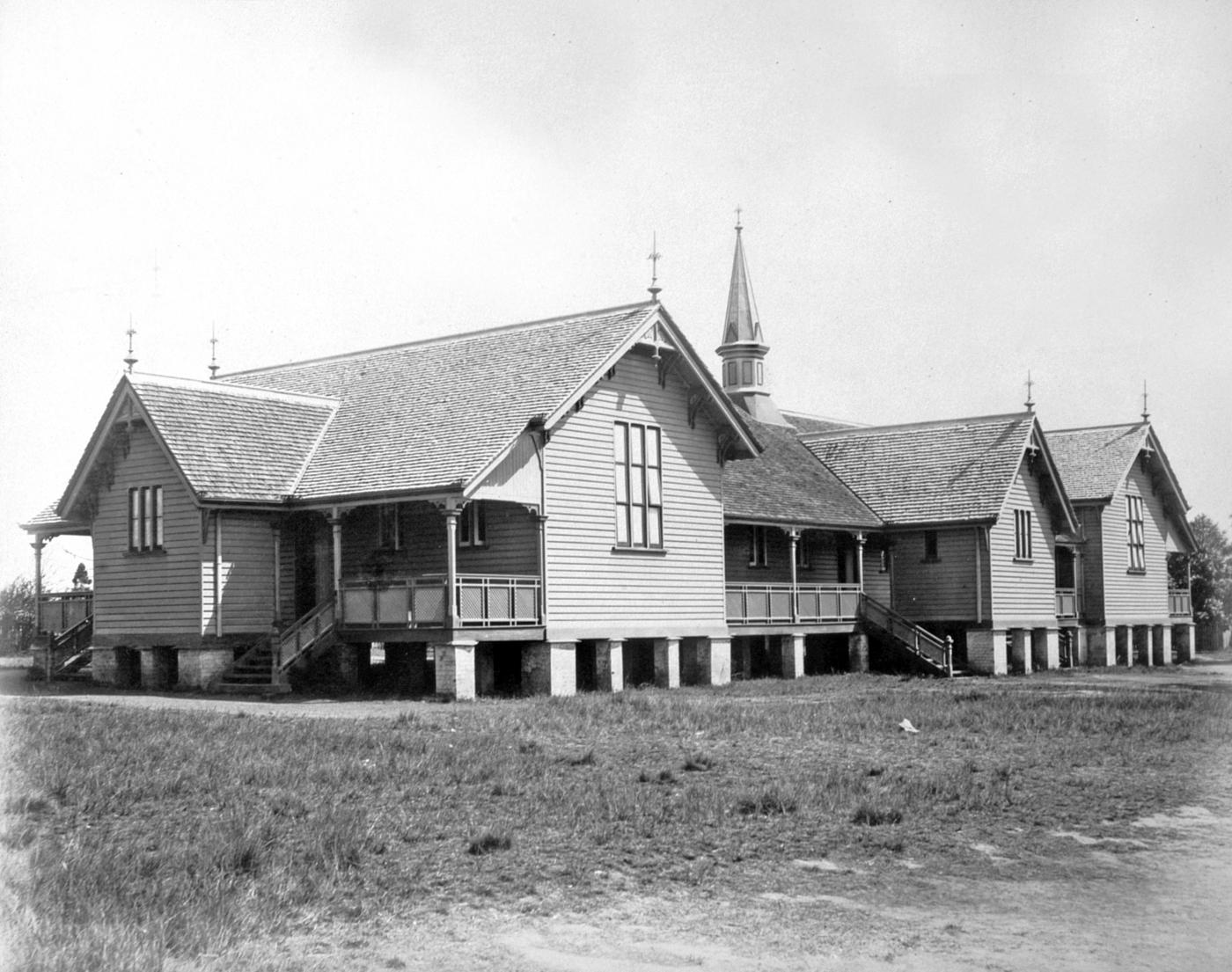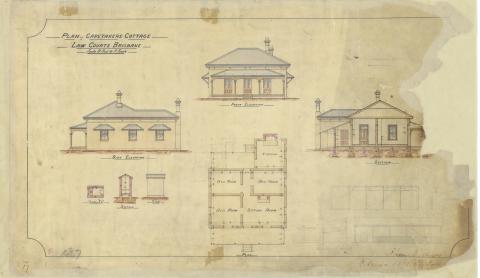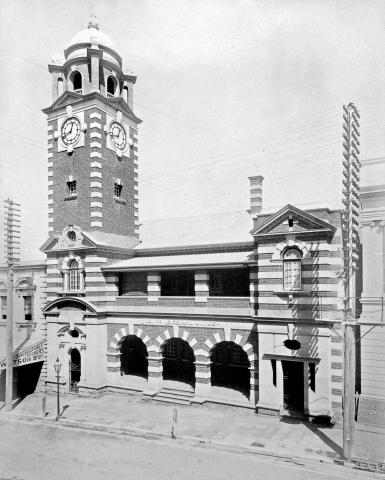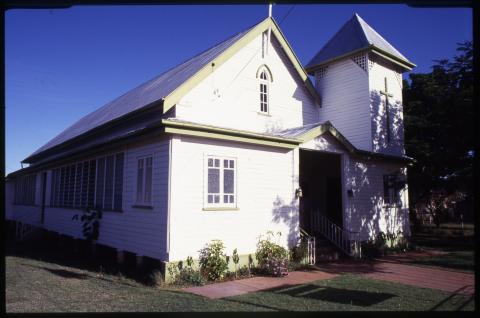
- News of the day
-
Wednesday 27 June 1877, page 6
Maryborough.
[FROM OUR OWN CORRESPONDENT.]
June 20.
In order to put your readers " in the current" of Maryborough politics, I must refer to the school agitation which has been, for the present at least, settled by the Education Department. The whole matter lies in a nutshell. We have a primary school building, which is very much too small for the number of pupils attending it. We have also a very fine immigration depot, which is of course only used at rare intervals. On this last-named building, with its ample accommodation, sufficient for fully two thousand children, the Education Department cast covetous eyes, and the project of a transfer of the school to it was mooted. On this, two parties sprung into existence in the town, those in favor of and those opposed to the transfer. The former argued that from its central position the depot was just the very building we needed for a grand primary school, in which all the children of the beloved town might be gathered together and learn their three R's in sweet unison. The transferites maintained also that immigrants came but seldom, that the building, as a depot, was practically useless for months together, and that the new chums when they did come could be lodged else-where, in the abandoned primary school for instance, which would be good enough for them ; in short, that the education and training of the homo-grown population was of far greater importance than the comfort of the imported immigrants. On the other side, it was pointed out that the depot was given to us for our immigrants, and to turn it into a school now would look as if we had got the money voted for it under false pretences ; that the demand for immigrants, though slack at present, would be brisk enough as soon as the railway opened up more country ; that giving up even temporarily a building which, as an immigration depot, faced every stranger walking up Kent-street as an outward and visible sign of a fast-swelling population, would look as if we had determined to " rest and be thankful ;" and that finally Maryborough was too scattered a town to allow of the establishment of one central school for all its children. This last argument was urged most forcibly, and indeed Maryborough is scattered over so large an area that children, to attend our central school, would have to walk long distances. The anti-transferites were strengthened by a private letter addressed by Mr. King to one of them, in which he disapproved of the change, as he had personally urged the erection of the depot; and as the speaker's memory is revered by many here, this expression of his opinion had some weight. But the opponents of the change backed their opinion by getting up a subscription-list of some £250 for the erection of branch schools to relieve the existing school-building of the pressure on its space.
The controversy was carried on with the activity we Maryborough folks always display in minor matters, to make up, I suppose, for our apathy in those of greater importance. A newspaper war was fought with much spirit by editors and correspondents. A public meeting was held and adjourned for a week in order to allow the full stream of eloquence to exhaust itself, and a general decision was arrived at adverse to the proposed change. Directly afterwards a small meeting of parents was held, attended by some forty-five individuals, in which the decision of the public meeting was reversed. Suddenly, and when we were getting about tired of the row, orders came up from Brisbane to carry out the change ; and, as I write, a contractor has begun removing the fittings. So far, the contending parties seem to have received the news with indifference, and the controversy is, I suppose, dead. One thing is very certain, that if the depot is to be used as a school, other accommodation will have to be found for immigrants, so that it is simply a question whether the expense of new buildings will fall on the Works or Education Departments, lt seems to me also that if only one primary school is to be kept up for Maryborough, a considerable number of children, living on the outskirts, will not be able to attend it.
P.S. Since writing the above, I have just learned that countermanding orders have arrived about the school. They had begun to take down the fittings in the original building, but have received orders to stop.
- Background
-
The first state school at Maryborough was established in 1862 in a small building at the northeast corner of Kent and Lennox Streets, but in 1865 shifted to a purpose-built schoolhouse at the corner of Alice and Lennox Streets. Despite an additional wing being erected in 1872, the Alice Street premises proved too small to cater for Maryborough's burgeoning population, and the school was moved yet again to the present Kent Street premises in 1877.
Maryborough Central State School has a number of historically significant buildings. Block C, a two-storeyed masonry building, was erected in 1875-76, initially as an immigration depôt, and was converted for school use in mid-1877. The adjacent single-storeyed timber infants' school [Block A] was erected in 1881-2, as was the teacher's residence on the far side of the school reserve, fronting Sussex Street. Two of the three timber-framed playsheds were erected in 1879, the other in 1909, and the two-storeyed masonry building [Block B] behind the infants' school, was erected in 1923-24 as a technical college workshop.
Courtesy of the Queensland Heritage Register
/152.6989948,-25.5352241,7/450x450@2x.png?access_token=pk.eyJ1IjoicXNhLWRpc2NvLXFsZCIsImEiOiJjamJmdTgyZXEyeWNjMnlxZm8xcmtieHgxIn0.lmT9J5tTPKGuuccQgCVSAg)



